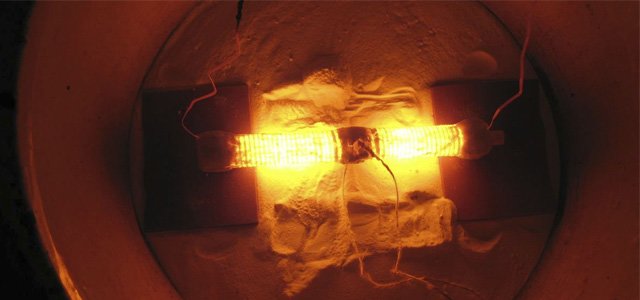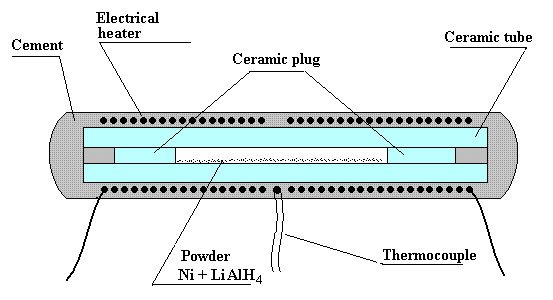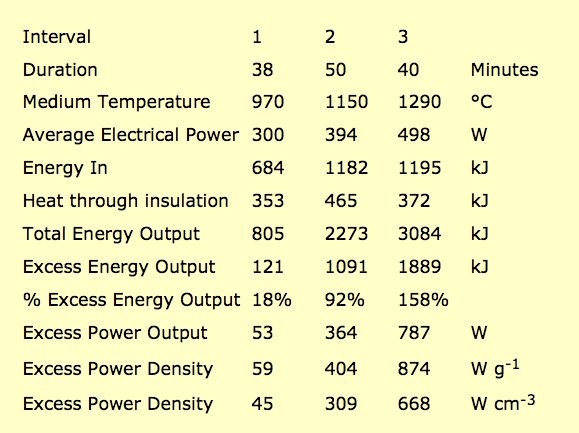“The EcatSK is available now for industrial applications. If you want safe, reliable, competitively priced heat, we encourage you to contact us.”
That was the announcement on the EcatSK demonstration broadcast live on the Network at http://www.ecatskdemo.com/ January 31, in an event dedicated to Swedish scientist Dr. Sven Kullander.
From the Press Release:
“The E-Cat SK produces kilowatts of energy while consuming only grams of inexpensive and abundant fuel (hydrogen, nickel, lithium) over a period of six months.”
A screenshot from EcatSKdemo.com shows:
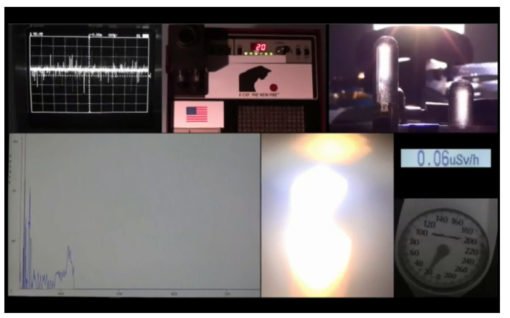
Watch a video of the demo here on Youtube.
But videos don’t translate into the real, physical world, yet.
LENR bad-boy Andrea Rossi, inventor of the EcatSK, draws ire from working scientists in the CMNS field for his theatrics and demonstrations that have yet to be confirmed by the community-at-large. He does not attend conferences or meetings, does not publish in JCMNS, and has little contact with active CMNS researchers. Documents from the very public trial with former partner Industrial Heat showed a decidedly uncooperative Leonardo Corporation working outside the bounds of normal business expectation.
Listen to the Cold Fusion Now! podcast episodes with Abd ul-Rahmann Lomax, who documented the trial, and Mats Lewan, who authored An Impossible Invention, a book that follows the development of Andrea Rossi’s Ecat.
But if LENR had a Human Resources center, they would be hard-pressed to find anything that resembled a mainstream scientific organization. The people who would tread into the pariah science of cold fusion, conduct advanced nuclear research in basement labs at their own expense, banned from publishing any corroborated results, and derided by their peers adorned with money and fame – are by self-selection uniquely fashioned individuals, and that quality intensifies at the fringes of the fringe.
Andrea Rossi escaped the US with $10 million and moved his enterprise to Sweden, where the QuarkX and new EcatSK have been developed. The EcatSK reactive material based on nickel and light-hydrogen has had a long history of making big heat.
Precedence for excess heat from nickel-hydrogen systems
In August of 1989, University of Siena Professor of Physics Francesco Piantelli discovered the anomalous heat effect in Nickel-Hydrogen systems, and made exceptionally large output power in the process. His collaborations with Professors Sergio Focardi and Robert Habel began in 1990.

Seventeen years later, Andrea Rossi asked Dr. Focardi to evaluate his then-Energy Catalyzer, and got a positive review. The relationship continued through Sergio Focardi’s death in 2013.
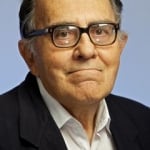
Dismissed as a con man taking advantage of an elderly scientist, we believe this early LENR pioneer deserves more credit. Cold Fusion Now! accepts that Andrea Rossi can make a reaction happen, but has problems controlling the reaction to make a technology, just like everybody else in this field.
Mats Lewan, author of An Impossible Invention, a book on the development of the Ecat, writes on his blog, that the new device “uses only minute amounts of abundant elements such as hydrogen, nickel, lithium and aluminium”.
Has this fuel changed from previous mixtures?
Nickel is a catalyst for the fuel
In Analysis of New Rossi PCT filing based on US Patent 9,115,913 issued 25Aug15 patent lawyer David French writes:
Among the embodiments are those in which the fuel mixture includes lithium and lithium aluminum hydride, those in which the catalyst includes a group 10 element, such as nickel in powdered form, or in any combination thereof.
In other embodiments, the catalyst in powdered form, has been treated to enhance its porosity. For example, the catalyst can be nickel powder that has been treated to enhance porosity thereof. [In those embodiments that include an electrical resistor, the].The apparatus can also include an electrical energy source, such as a voltage source and/or current source in electrical communication with the [resistor.] heat source.
Among the other embodiments are those in which the fuel wafer includes a multi-layer structure having a layer of the fuel mixture in thermal communication with a layer containing the electrical resistor. heat source.
In yet other embodiments, the fuel wafer includes a central heating insert and a pair of fuel inserts disposed on either side of the heating insert.
Read full article Analysis of New Rossi PCT filing based on US Patent 9,115,913 issued 25Aug15 by David French for more on brackets.
Furthermore,
“The powder in the fuel mixture consists largely of spherical particles having diameters in the nanometer to micrometer range, for example between 1 nanometer and 100 micrometers. Variations in the ratio of reactants and catalyst tend to govern reaction rate and are not critical. However, it has been found that a suitable mixture would include a starting mixture of 50% nickel, 20% lithium, and 30% LAH. Within this mixture, nickel acts as a catalyst for the reaction, and is not itself a reagent. While nickel is particularly useful because of its relative abundance, its function can also be carried out by other elements in column 10 of the periodic table, such as platinum or palladium.”
Reproductions of the Rossi Ecat have been conducted world-wide, with mixed results. The successful fuel recipe with the combinations and concentrations of critical elements is still unknown.
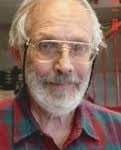 “Any element that reacts with hydrogen appears to support LENR – titanium, nickel, zirconium have all been explored. The big challenge is to find out what it is about those hydrides that is unique and makes it possible to initiate a nuclear reaction.” says Dr. Edmund Storms, a nuclear chemist and LENR researcher. “Rossi found that nickel is important, but there’s a certain lack of understanding of what Rossi did.”
“Any element that reacts with hydrogen appears to support LENR – titanium, nickel, zirconium have all been explored. The big challenge is to find out what it is about those hydrides that is unique and makes it possible to initiate a nuclear reaction.” says Dr. Edmund Storms, a nuclear chemist and LENR researcher. “Rossi found that nickel is important, but there’s a certain lack of understanding of what Rossi did.”
“Rossi identified nickel as being where the nuclear reaction was occurring. But that is actually not the material he was using initially; he was using a nickel catalyst. A nickel catalyst is not pure nickel. It’s nickel that has been applied to some inert substrate. That’s the way catalysts work.”
Edmund Storms spoke with Ruby on the Cold Fusion Now! podcast and gave a tutorial on catalysts.
“There’s an acting metal that can break the hydrogen bond, and then, there’s an inert substrate on which the hydrogen atom can diffuse, causing what’s called spillover hydrogen. It’s that spillover hydrogen that is active for the reaction, not the hydrogen in the nickel. So there’s reason to think the nickel is not where the action is.”
Historical example of catalytic fusion
An example is found in the work of Les Case, a chemical engineer with four degrees from MIT who discovered what he called catalytic fusion using palladium and deuterium systems. Case found that a catalyst made by depositing palladium – in finely divided form – on charcoal, could be made nuclear active.

Ten years ago, Case wrote, “I discovered that using certain standard commercial catalysts, one could get this fusion to occur under reproducible, mild conditions. This is the catalyst that I’ve set upon as being about the most effective that I currently have available. This is a standard palladium on activated carbon catalyst. One-half percent by weight of palladium loaded on this activated carbon— this is the key. You change this just a little bit and it doesn’t work— at all! But if you stay within the approved ranges, it works basically all the time.” -Infinite Energy Magazine July 1999
This was the experiment eventually reproduced by a team at SRI International led by Dr. Michael McKubre that also correlated the excess heat with the nuclear product Helium-4.
“Now, people said, ok the reaction is happening on the finely divided palladium,” continues Storms. “but that’s not necessarily true. The reaction could also be happening in the charcoal.”
“The charcoal cracks a lot. Look at it on a scanning electron microscope and you can see the cracks. All the charcoal has to do is allow the hydrogen atoms being generated at the palladium to diffuse across the surface to find a crack where the nuclear reaction occurs.”
This hypothesis is supported by the fact that when the source of charcoal, made from a particular coconut collected from a South Pacific island, was no longer available, Case could not get the reaction to work ever again; no other charcoal would work in his device.
“We have to be very careful in imagining where this nuclear reaction actually occurs. Even in palladium, in the electrolytic experiments, it only occurs very near the surface. And the surface of the cathode is not pure palladium, it’s a very complex alloy, and it’s also complex metalgraphically, so there’s a lot of stuff going on there, that has no relationship whatsoever to how people imagine palladium to look.”
According to Edmund Storms, there is no reason to believe that the nuclear reaction was occurring in the palladium itself, and likewise, the same situation would apply to the nickel-hydrogen reactions.
If Andrea Rossi has found the right mix of elements to catalyze and control the reaction, only time will tell as we wait for confirmation.

 Mats Lewan is a science and technology journalist and author of An Impossible Invention, the true story of an Energy Source that could Change the World, a book detailing the early demonstrations of Andrea Rossi’s Energy Catalyzer. He joins Ruby on the Cold Fusion Now! podcast where he discusses his assessment of the LENR technology challenge.
Mats Lewan is a science and technology journalist and author of An Impossible Invention, the true story of an Energy Source that could Change the World, a book detailing the early demonstrations of Andrea Rossi’s Energy Catalyzer. He joins Ruby on the Cold Fusion Now! podcast where he discusses his assessment of the LENR technology challenge.


 Abd ul-Rahman Lomax created the blog
Abd ul-Rahman Lomax created the blog 
